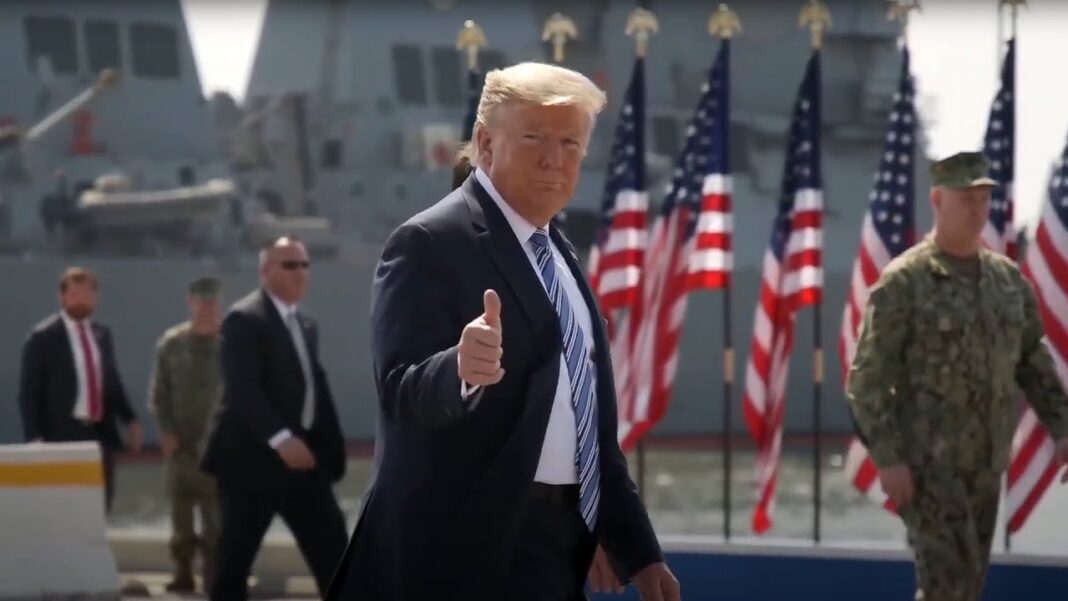A two-front biological and cyber attack could lead to a U.S. defeat before we know what hit us.
Vladimir Putin’s losses in Ukraine and the rebellion of the Wagner Group have increased the chances that the Russian president will lash out and expand the 17-month-old conflict. But World War III may not be what you expect. The current paradigm of escalating nuclear conflict was articulated 60 years ago by physicist Herman Kahn, founder of the Hudson institute, but other technologies have come a long way since then. Conventional guns, bombs, missiles or troops may not figure in World War III at all. Biological and computer viruses are likely to be the weapon of choice.
Covid wasn’t a deliberate attack, but it quickly and successfully damaged the American economy. Any nation thinking of using a deadly virus as a weapon of war would first need to immunize its own people, perhaps under the guise of a flu vaccination. Long-term population-level immunity would require the virus be sufficiently optimized, before release, to reduce the probability of further mutation.
The novel coronavirus was sufficiently optimized so that no serious mutations occurred for nine months. The Delta variant appeared in India in October 2020. A weaponized virus would also need to incorporate an immune suppression gene—Covid had ORF8—that reduces early symptoms, facilitating spread by asymptomatic carriers. For a covert attack to be successful, the virus would need to be released not in the country of origin but in the target country, perhaps near a biological facility so the world would falsely conclude it came as a leak from a surreptitious domestic program.
Recall that early Covid panic came from Italy’s inability to care for all of its infected patients. Thus, for maximum disruption, the second thrust of any aggression might be a cyber attack on hospitals, perhaps disguised as ransomware. Again, the trick would be to make it seem as if the attack were originating outside the aggressor’s country. In other contexts this is called a “false flag” operation. The target country might not even recognize it as part of a two-front, synergistic attack of biological and computer viruses.
Ransomware could simultaneously target energy grids, power plants, factories, refineries, trains, airlines, shipping, banking, water supplies, sewage-treatment plants and more. But hospitals would be the most salient targets. Avoiding obvious military targets would enhance the illusion that World War III hadn’t begun. The attacker or attackers might falsely claim their own systems are also under siege. Misdirection can be more effective than a smoke screen.
By Richard A. Muller
Read Full Article on WSJ.com and Here
Richard A. Muller served as a Jason National Security adviser for 34 years. He is a professor of physics emeritus at the University of California, Berkeley. His books include “Physics for Future Presidents” and “Energy for Future Presidents.”








